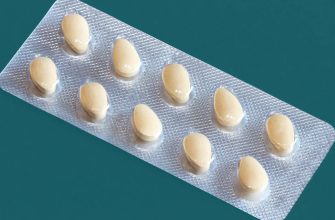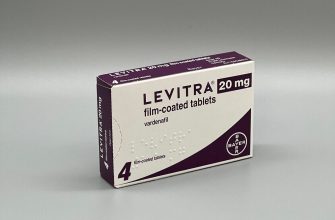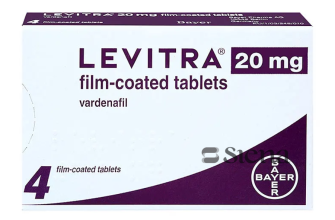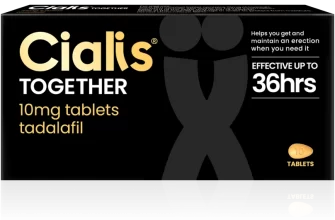Focus on building strong relationships with regulatory agencies. This proactive approach minimizes delays and ensures smoother approvals.
Understanding Regulatory Pathways
Different drug classes follow distinct approval processes. Thoroughly research the specific pathway for your product. The FDA website offers detailed guidance documents; utilize these resources.
- NDA (New Drug Application): For novel drugs.
- ANDA (Abbreviated New Drug Application): For generic drugs.
- BLA (Biologics License Application): For biological products.
Engage expert regulatory consultants early in the development process. Their knowledge significantly reduces compliance risks.
Clinical Trial Optimization
Design robust clinical trials with clearly defined endpoints. This strengthens your application and improves the likelihood of approval. A well-designed trial minimizes the need for further studies.
- Patient Recruitment: Employ effective strategies to enroll the appropriate number of participants.
- Data Management: Implement rigorous data collection and analysis procedures. Maintain detailed records.
- Statistical Analysis: Use appropriate statistical methods to analyze your findings. Transparency is key.
Proactively address potential deficiencies identified during pre-submission meetings with regulatory agencies. This avoids costly revisions later.
Post-Approval Monitoring
Develop a comprehensive post-market surveillance plan. Continuously monitor your drug’s safety and efficacy. Promptly report adverse events.
Manufacturing Compliance
Maintain stringent adherence to Good Manufacturing Practices (GMP). Regular audits ensure consistent product quality and compliance.
Data Integrity
Accurate and reliable data are fundamental throughout the entire drug development process. Invest in robust data management systems.
Building a Strong Foundation
Invest in a strong quality management system. This ensures compliance with regulatory standards and minimizes risks.
Understanding Drug Interactions: A Practical Guide
Always inform your doctor or pharmacist about all medications you’re taking, including over-the-counter drugs, supplements, and herbal remedies. This includes prescription medications, vitamins, and even seemingly harmless products like St. John’s Wort. Failing to do so can lead to dangerous interactions.
Common Interaction Types
Certain drug combinations can amplify each other’s effects, potentially causing toxicity. For instance, combining certain pain relievers with blood thinners increases bleeding risk. Conversely, some drugs can lessen the effectiveness of others. Antibiotics can reduce the efficacy of birth control pills. These are just examples; the possibilities are extensive.
Minimizing Risks
Maintain a detailed medication list. Carry it with you, especially if you’re hospitalized or visit multiple doctors. This aids healthcare providers in avoiding potentially harmful combinations. Ask your doctor or pharmacist about potential interactions before starting any new medication or supplement. Use only one pharmacy to improve medication record management. Their pharmacists can proactively identify potential conflicts.
Specific Examples
Grapefruit juice inhibits certain liver enzymes, intensifying the effects of some drugs, like statins. Combining MAO inhibitors (certain antidepressants) with tyramine-rich foods (aged cheese, cured meats) can trigger dangerously high blood pressure. Always check drug labels and patient information leaflets for potential interaction warnings.
Taking Control
Proactive communication with your healthcare team is paramount. Regular check-ups allow for monitoring and adjustments. Don’t hesitate to ask questions. Your health depends on understanding and managing medication interactions.










